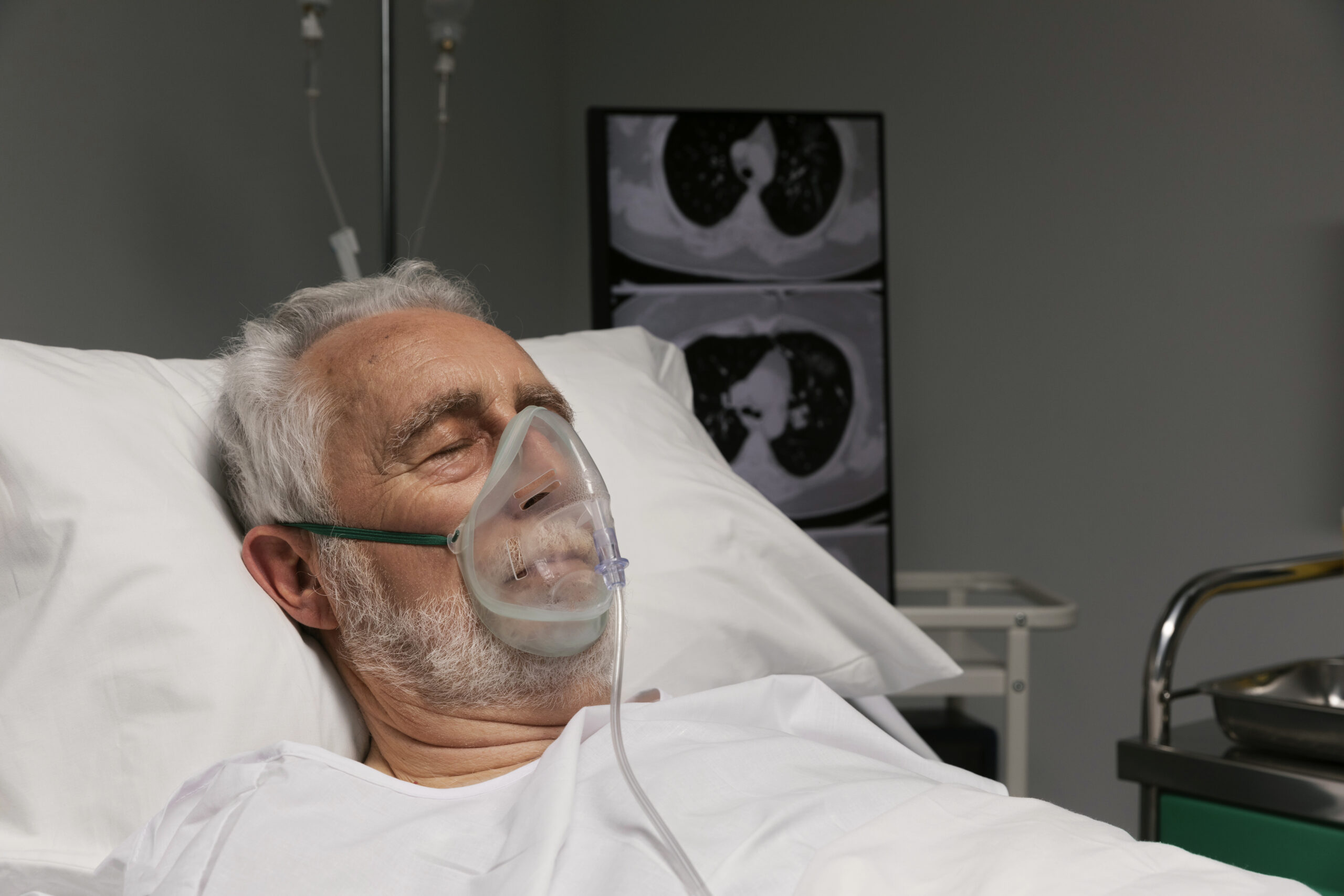Introduction
In times of emergency, the ability to perform Cardiopulmonary Resuscitation (MOUTH-TO-MOUTH RESUSCITATION) can be the distinction between life and death. In Australia, recognizing the CPR certification requirements is necessary for any person wishing to end up affordable refresher first aid courses being a certified rescuer. This thorough overview will certainly look into what you need to know about CPR certification in Australia, consisting of training choices, validity of certifications, age-specific guidelines, and more.

CPR Certification Requirements in Australia: What You Need to Know
What is CPR?
Cardiopulmonary Resuscitation (CPR) is an emergency procedure executed when someone's heart quits defeating or they stop breathing. It combines breast compressions with rescue breaths to maintain blood circulation and oxygenation until professional medical aid arrives.
Why is CPR Important?
The important significance of CPR can not be overemphasized-- it saves lives. According to statistics from the Australian Resuscitation Council, prompt mouth-to-mouth resuscitation can increase or triple a sufferer's possibility of survival after cardiac arrest.
Understanding CPR Certification
To come to be licensed in mouth-to-mouth resuscitation, people have to undergo Check out the post right here training with acknowledged companies. Accreditations normally include hands-on abilities practice and academic understanding concerning heart emergencies.
Types of CPR Training Available
Basic Life Support (BLS) vs. Advanced Life Support (ALS)
- Basic Life Support (BLS) concentrates on essential methods consisting of upper body compressions and rescue breaths. Advanced Life Support (ALS) covers extra complicated treatments such as advanced airway monitoring and medicine administration.
Online vs. In-Person Training
- Online mouth-to-mouth resuscitation certification deals flexibility yet might lack hands-on experience. In-person classes give functional abilities practice important for effective reaction in emergencies.
CPR Certification Process
Choosing a Training Provider
When looking for training, guarantee that your chosen company is certified by reliable companies like the Australian Resuscitation Council or St John Ambulance.
Course Duration and Content
Most basic courses last about 4 hours and cover:
- Adult mouth-to-mouth resuscitation techniques Use of Automated External Defibrillators (AED) Recognition of heart attack signs
CPR Certification Validity
How Long Does a Mouth-to-mouth Resuscitation Certification Last?
Typically, a mouth-to-mouth resuscitation certificate remains legitimate for three years prior to needing renewal. It is vital to stay updated with the current procedures and guidelines.
Renewing Your Certification
Renewal often includes taking a refresher course that takes another look at necessary skills and updates participants on any type of changes in guidelines.
Age-Specific mouth-to-mouth resuscitation Standards Australia
Adult vs. Kid vs. Baby mouth-to-mouth resuscitation Techniques
Different age call for customized strategies:
- For adults, concentrate on compression deepness and rate. For youngsters, readjust compression deepness based on size. Infant CPR technique involves mild compressions and cautious ventilation.
Infographic: Age-Specific Techniques
|Age|Compression Depth|Proportion|| -----------|-------------------|-------|| Grownups|5-6 centimeters|30:2|| Youngsters|4-5 centimeters|30:2|| Infants|1.5 cm|30:2|
CPR Tools in Australia
Essential Equipment for Reliable Response
Having access to appropriate CPR equipment aids successful resuscitation initiatives:
AEDs Pocket masks GlovesUsing AED with CPR in Australia
An Automated External Defibrillator can substantially raise survival prices when made use of along with CPR-- knowing exactly how to utilize an AED effectively is vital for every rescuer.
Common Myths Regarding CPR
The Misconception of "CPR Always Restarts Heart"
Many think that carrying out CPR will certainly always restart a heart; however, this is misleading-- CPR maintains blood flow up until expert help arrives yet does not ensure revival.
Debunking Other Misconceptions
Other misconceptions consist of misunderstanding compression depth or the efficiency of rescue breaths versus hands-only techniques; education and learning plays an essential duty in resolving these falsehoods.
Special Scenarios in Carrying out CPR
CPR for Sinking Victims
Drowning sufferers frequently require immediate rescue breaths as a result of their special conditions; comprehending this context boosts outcomes first aid certificate online significantly.
Sports-Related Cardiac Arrest Procedures
Recognizing indications specific to professional athletes assists responders act rapidly-- education and learning concerning sports-related cardiac incidents is crucial for trainers and instructors alike.
Workplace Emergency situation Plans
Establishing Readiness at Workplaces
Every office should have a comprehensive emergency situation plan that consists of provision for emergency treatment training like cpr and emergency treatment combo courses for employees.
Training Workers Effectively
Regular training sessions make sure personnel are prepared-- not just does this shield employees however likewise enhances overall workplace security culture.
Frequently Asked Inquiries (FAQs)
Q1: How do I find neighborhood mouth-to-mouth resuscitation classes?
A1: Regional community centers or hospitals usually offer classes; web sites of organizations like St John Ambulance provide listings as well.
Q2: Can I get my qualification online?
A2: Yes! Many certified organizations supply online mouth-to-mouth resuscitation certification, but ensure it includes hands-on practice aspects as well.
Q3: Exists a difference between adult and youngster certifications?
A3: Yes! Programs specifically tailored for infants and kids concentrate on age-specific strategies which differ from those instructed for adults.
Q4: Just how typically ought to I renew my certification?
A4: Normally every 3 years; nonetheless, remaining upgraded each year with refreshers is very recommended given evolving guidelines.
Q5: Exist any type of certain regulations concerning obligatory training?
A5: While regulations might vary by state or region, lots of workplaces are called for by law to have actually trained first responders available on-site throughout working hours.


Q6: What statistics support the efficiency of CPR?
A6: Studies show that prompt bystander-administered mouth-to-mouth resuscitation can boost survival rates from cardiac arrest significantly-- typically doubling possibilities of patient healing contrasted to no treatment at all.
Conclusion
Understanding the intricacies of the CPR qualification needs in Australia equips individuals throughout different sectors-- from medical care professionals to day-to-day citizens-- to act emphatically throughout emergencies. With appropriate training, understanding of age-specific guidelines, expertise about devices such as AEDs, and knowledge with typical myths bordering resuscitation efforts, one can absolutely make a difference when it matters most. Whether you're taking into consideration signing up in neighborhood classes or checking out online options like online cpr certification, bear in mind that each action taken in the direction of becoming licensed contributes toward saving lives-- a noble quest indeed!